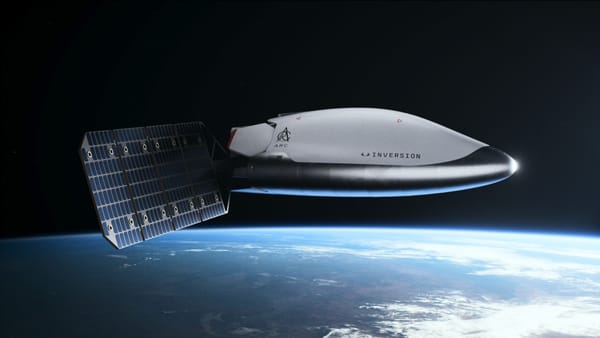China’s Scramjet Study Pushes Hypersonic Flight to Mach 12
China releases a review paper on scramjet technology with breakthroughs in fuel mixing and drag reduction.

A review paper in Progress in Aerospace Sciences reveals critical advancements in scramjet technology for hypersonic flight at Mach 8 to 12. These findings push the boundaries of air-breathing propulsion. Chaoyang Liu and colleagues from Chinese research institutions authored the study. Their work details innovations in combustion and flow management. These could revolutionize reusable space launch systems and enable rapid global travel.
Scramjets, or supersonic combustion ramjets, are engines that can power vehicles at hypersonic speeds, or speeds higher than Mach 5. They operate by combusting fuel in supersonic (Mach 1+) airflow and do not require heavy onboard oxidizers like conventional rockets. The new paper compiles ways to overcome major challenges for scramjets at extreme Mach numbers. At these speeds, air temperatures are very high, and fuel must ignite within milliseconds.
Key findings of the paper include optimized fuel mixing methods (for quickly blending fuel and air), thermomechanical insights (understanding how materials behave under extreme heat and stress), and drag reduction (lowering air resistance at high speeds).
Optimized fuel mixing techniques, such as early injection, porous jets, and vortex generators, enhance fuel-air mixing. This counters the short residence times in hypersonic flows. For thermochemical insights, the study found non-equilibrium effects. High temperatures cause molecular dissociation and act as catalysts for ignition and flame stability, improving combustion efficiency. For drag reduction, boundary layer combustion and refined inlet designs help minimize drag, which can account for over 50% of total resistance at high speeds. This helps balance the engine's thrust demands.
These advances build on past efforts, such as NASA's X-43A (Mach 7) and the US-Australia HIFiRE program (Mach 8). The aim is to achieve stable Mach 10+ operations, with the research representing a significant leap toward practical hypersonic vehicles, enabling reusable launch systems, global travel, and numerous defense applications.
Scramjets could power the second stage of a rocket-scramjet setup. This could deliver 100 kg payloads to low-Earth orbit at a fraction of today's costs, which typically range from $1,500 to $2,700—and could be even lower. Halcyon from Hermeus, which aims to get passengers from point A to B at Mach 5, might reduce transcontinental flights to single-digit minutes at higher speeds. This would transform the aviation industry. Faster scramjets could also support rapid responses and meet 'dense-for-good' goals for global security.
Global investment is on the rise, and with NASA, ESA, and DARPA among key contributors, this research shows China’s emerging expertise in hypersonics is not to be dismissed.
The authors call for more advanced computational models and flight-like ground tests. These improvements will help bridge the gap between simulated conditions and real-world applications. Supported by the National Natural Science Foundation of China, this research lays the groundwork for prototypes that could redefine the aerospace industry.
You can explore the full paper here.




